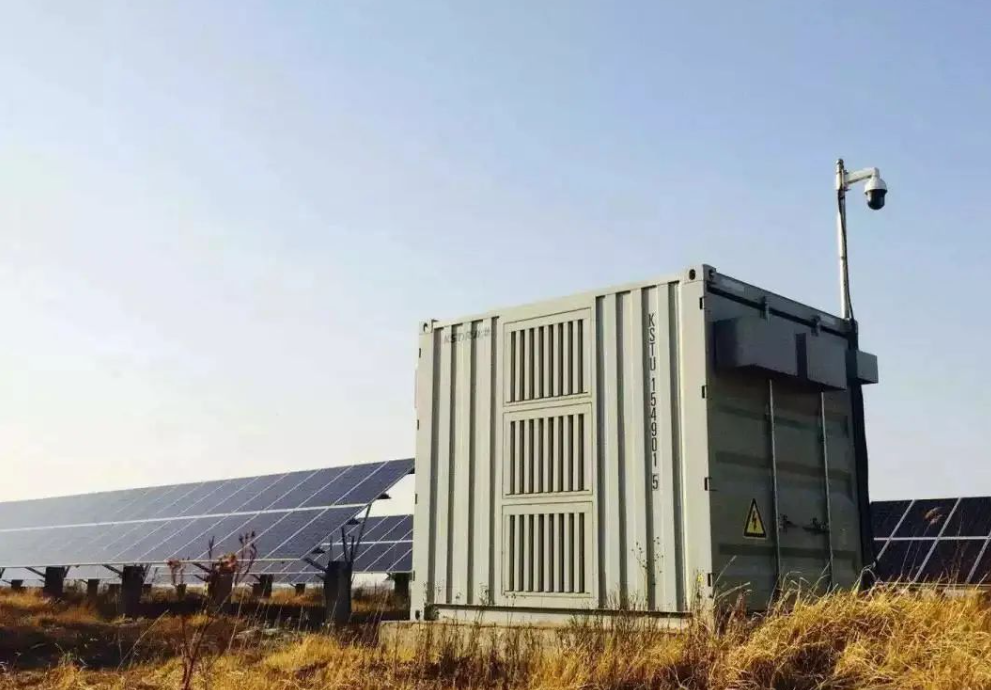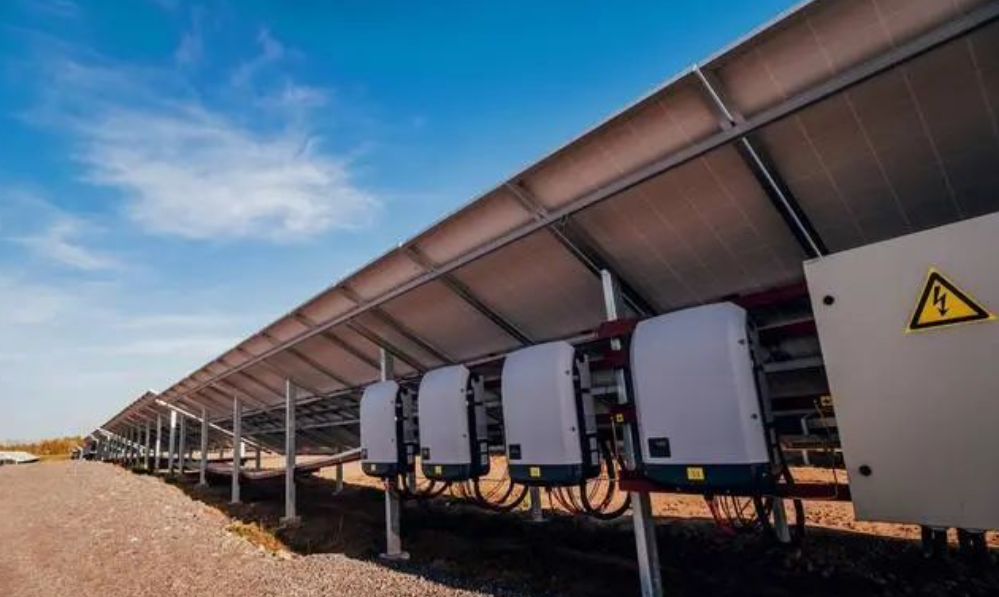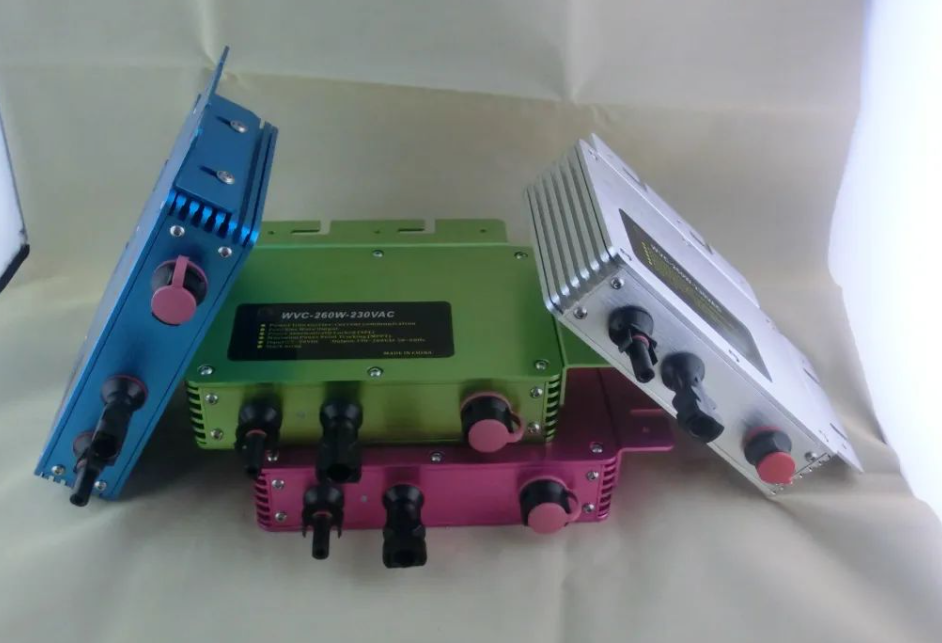News
Unveiling the Power Play: Energy Storage Inverters vs. Photovoltaic Inverters - Key Differences Revealed!
As the core components of photovoltaic power generation and energy storage systems, inverters are well-known. Many people see them with the same name and similar functions and assume that these two are the same type of product, but in fact, they are not. Photovoltaic and energy storage inverters are both "perfect partners," but they have differences in functionality, utilization, benefits, and other practical applications.

Energy storage inverters (also known as PCS), alternatively referred to as "bidirectional energy storage inverters," are the core components enabling bidirectional energy flow between energy storage systems and the grid. They control the charging and discharging processes of batteries and perform AC/DC conversion. Additionally, they can directly supply power to AC loads in off-grid scenarios.
According to the application scenarios and capacity sizes, energy storage inverters can be divided into photovoltaic energy storage hybrid inverters, small-capacity energy storage inverters, medium-capacity energy storage inverters, centralized energy storage inverters, and so on.
Photovoltaic energy storage hybrid inverters and small-capacity energy storage inverters are applied in residential and commercial settings. They enable the utilization of solar power for local loads, store excess energy in batteries, and selectively feed surplus energy back into the grid when there is an abundance of electricity.
Medium-capacity and centralized energy storage inverters can achieve higher output power, making them suitable for applications in commercial and industrial settings, power stations, and large-scale grids. They facilitate functions such as peak shaving, load shifting, and frequency regulation.
Electrochemical energy storage systems typically consist of four core components: batteries, energy management systems (EMS), energy storage inverters (PCS), and battery management systems (BMS). The energy storage inverter can control the charging and discharging processes of the energy storage battery pack, perform AC/DC conversion, and play a crucial role in the industrial chain.
Upstream: Battery raw materials, electronic components suppliers, and so on;
Midstream: Energy storage system integrators and system installers;
Downstream applications: Wind and solar power plants, grid systems, residential/commercial users, telecommunication operators, data centers, and other end-users.
The photovoltaic inverter is a specialized type of inverter used in the field of solar photovoltaic power generation. Its primary function is to convert the direct current (DC) electricity generated by solar panels into alternating current (AC) electricity that can be directly integrated into the grid or used by loads, using power electronic conversion technology.

The photovoltaic inverter serves as the interface between photovoltaic cells and the grid, converting the electrical energy generated by photovoltaic cells into alternating current (AC) electricity and transmitting it to the grid. It plays a crucial role in grid-connected photovoltaic power generation systems. With the promotion of Building Integrated Photovoltaics (BIPV), there is a growing demand for diversified inverter forms to maximize the efficiency of solar energy conversion while ensuring the aesthetic appearance of buildings. Currently, the common types of solar inverters include: central inverters, string inverters, multi-string inverters, and module-level inverters (microinverters).

Differences and Similarities between Photovoltaic (PV) and Energy Storage Inverters:
"Perfect Partners": Photovoltaic inverters can only generate electricity during the day and their power generation is affected by weather conditions, making them unpredictable.
Meanwhile, energy storage inverters can effectively address these challenges. During low demand periods, they store excess electricity in batteries and release stored energy during peak demand, thereby reducing pressure on the grid. In case of grid failures, they can switch to off-grid mode to continue supplying power.
The major difference lies in the complexity of the requirements for inverters in energy storage scenarios compared to photovoltaic grid-connected scenarios. In addition to the DC to AC conversion, energy storage inverters also need to perform functions such as AC to DC conversion, rapid switching between grid-connected and off-grid modes. Furthermore, energy storage PCS (Power Conversion System) functions as a bidirectional converter, controlling energy flow in both charging and discharging directions.
In other words, energy storage inverters face higher technological barriers.
Other differences are reflected in the following three points:
1. Traditional photovoltaic inverters have a self-use rate of only 20%, while energy storage inverters have a self-use rate as high as 80%.
2. During grid failures, grid-tied photovoltaic inverters become paralyzed, while energy storage inverters can still operate efficiently.
3. Against the backdrop of continuous reductions in grid-connected generation subsidies, the profitability of energy storage inverters is higher than that of photovoltaic inverters.
Categories
News
Contact Us
Contact: REOO Tech
Phone: +8613773694841
Tel: +8651384105505
E-mail: mike@reoo.net
Add: Chennan industrial park, Rudong, Jiangsu, China 226400
WhatsApp: + 86 1390 1472 859
Skype: reoochina
Facebook: REOO tech
Twitte: REOO solar PV